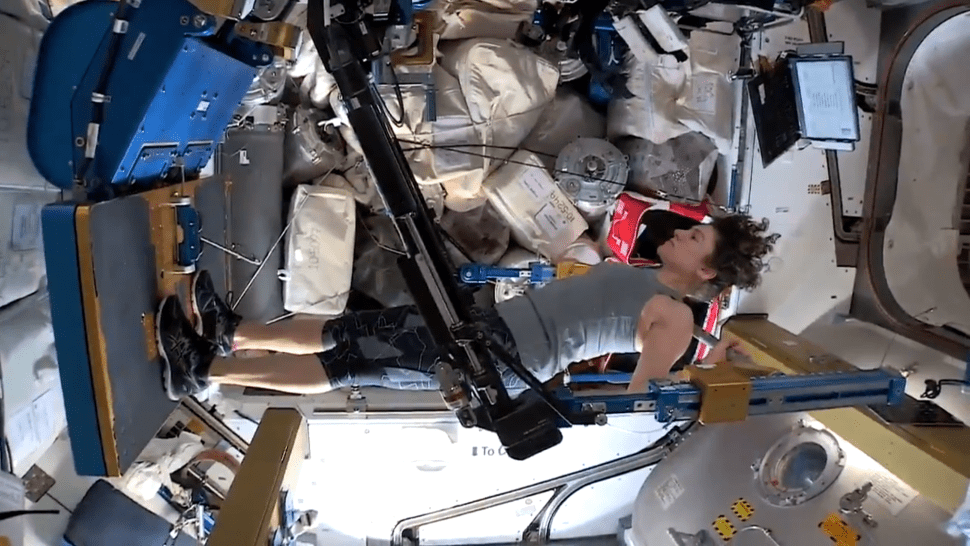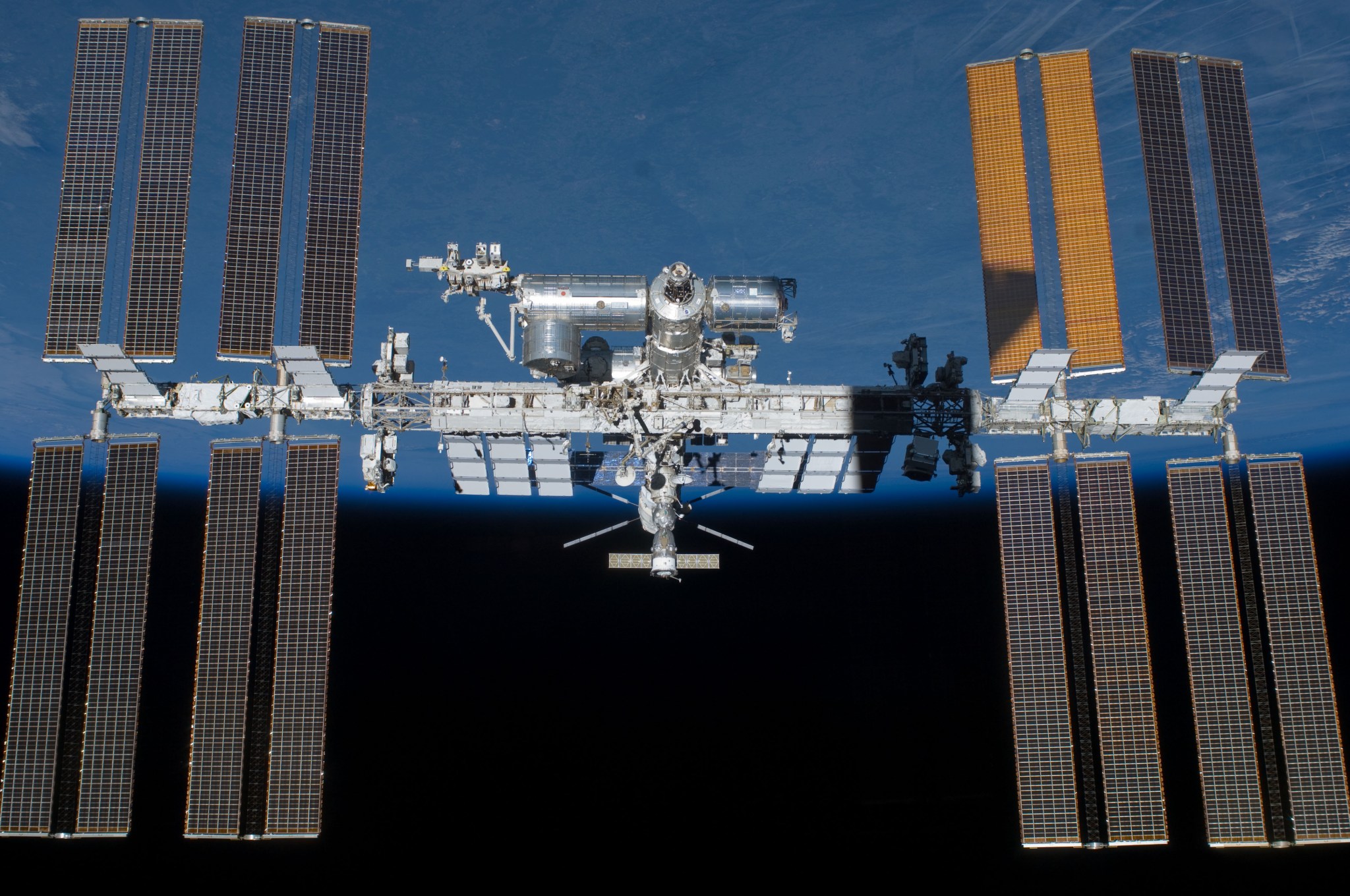Join us for the most out-of-this-world work out as NASA celebrates 20 years of continuous human presence on the International Space Station. Lace up your running shoes and get outside, hop on the treadmill or work out however you envision a 91minute and 12 second workout.
The space station orbits Earth every 91 minutes and 12 seconds. Think your workout can beat one station orbit?
Just for fun and to participate in the virtual race – simply track your start time and workout for 91 minutes and 12 seconds – to “beat” the space station by completing the workout before the station makes one orbit.
“Considering our ties to the orbiting laboratory, we want to celebrate 20 years of human presence on the space station,” said Dwight Mosby, Payload Mission Operations Division Manager. “We want to encourage folks to pause and consider all the research that has gone on for 20 years and the benefits to each of us on Earth.”
For almost 20 years, since the Expedition 1 crew arrived Nov. 2, 2000, humans have lived and worked continuously aboard the space station. This orbiting laboratory has advanced capabilities in long-duration human space operations and in conducting scientific research and technology development in space. Sweatin’ with the Station honors the many accomplishments of 20 years of human presence aboard the space station. The station remains the sole, space-based proving ground, greatly enabling NASA to go forward to the Moon and Mars.
Although living and working in free fall around Earth has the advantage of providing a one-of-a-kind research platform, microgravity is also known to have health impacts to the body, including the deconditioning of bone and muscle compared to what a person experiences on Earth. To preserve Earth muscle and bone strength and prevent microgravity adaptation, astronauts spend more than two hours a day exercising in space. They can use the space station’s bicycle, the Cycle Ergometer with Vibration Isolation and Stabilization (CEVIS), simulate weight lifting with the Advanced Resistive Exercise Device (ARED), or run on the treadmill.
The virtual workout activity will begin Friday, Oct.16, with opportunities to complete the workout through the anniversary on Nov. 2. Participants are welcomed and encouraged to take a photo as they are completing their workout and share it on social media using the #SweatinWithTheStation. These will be shared on Marshall’s social media throughout the virtual challenge. To demonstrate your success, you can then download a completion certificate.
It is important that you are aware that any physical activity which you participate in can potentially be very challenging and thus lead to injury, illness, and discomfort and in some cases even death. Consult with your primary physician before starting any exercise program or exercise activities.
Instructions for the virtual workout:
- Choose a time between Oct. 16 and Nov. 2 to complete your personal one Earth ##orbit workout – that’s 91 minutes and 12 seconds
- Take a photo as you work out, post to social media using the #SweatinWithTheStation
- Once you complete your virtual workout of Sweatin’ with the Station, download a completion certificate: www.nasa.gov/sites/default/files/atoms/files/sweatin_with_the_station_completion_certificate.pdf
Marshall oversees space station hardware development and implementation for NASA, and agency personnel at Marshall’s Payload Operations Integration Center monitor experiments continuously. As NASA’s primary space station science command post, the Payload Operations Integration Center coordinates scientific and commercial experiments on the station, synchronizes payload activities of international partners, and directs communications between researchers around the world and their onboard experiments. To help the crew in orbit conduct scientific study, the operations center is staffed 24 hours a day, seven days a week, 365 days a year.
For more information: https://www.nasa.gov/mission_pages/station/main/index.html




























